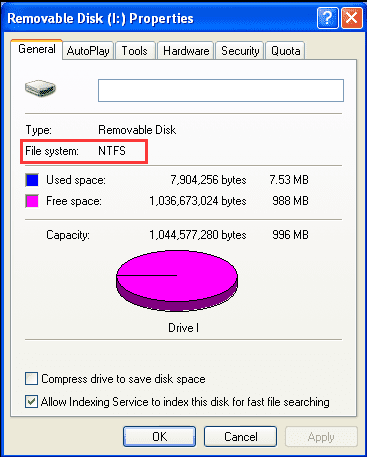- Local time
- 11:44 AM
- Posts
- 2,049
- OS
- Windows 11
My terminology may have added to the confusionI was guessing that Hazel was referring to system images generated by standard Windows recovery software. Which I learned this year is absolute garbage if you use it after EOL. Anyway, it was prejudiced and premature of me to assume this to be the case.
I love this guy. I've been watching his stuff off and on for a couple of years now. A fellow Canadian, eh?
Yes it's on Windows 11You should have no trouble at all doing file backups on NTFS. Of course I'm assuming you're using Win 11.
I like the idea of the NTFS (you don't lose properties of the files when copying apart from anything else) but I still find it hard to get past old habits and keeping compatibility.
Anyway I have learned something new
A question though. Was this the case when using Windows 7 as well? That you could save documents to an external NTFS drive? I think the difference back then was - I didn't have an external usb drive and used memory cards and sticks to back up documents onto.
My Computer
System One
-
- OS
- Windows 11
- Computer type
- Laptop
- Manufacturer/Model
- HP Pavilion 14-ce3514sa
- CPU
- Core i5
- Memory
- 16gb
- Hard Drives
- Samsung 970 evo plus 2TB
- Cooling
- Could be better
- Internet Speed
- 200mbps Starlink
- Browser
- Firefox
- Other Info
- Originally installed with a 500gb H10 Optane ssd



















